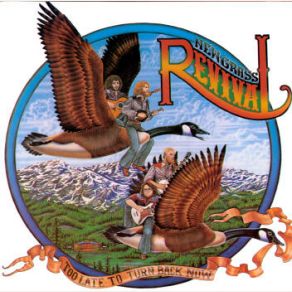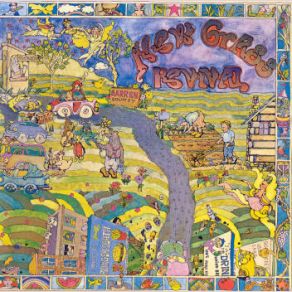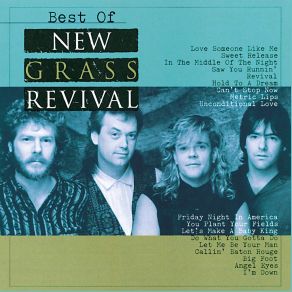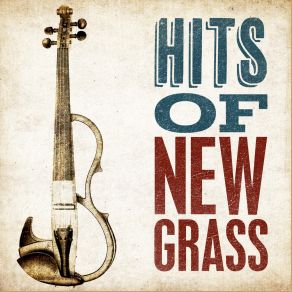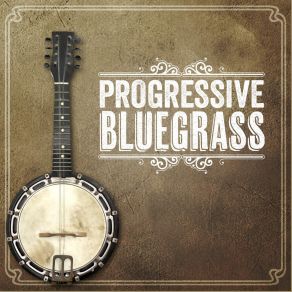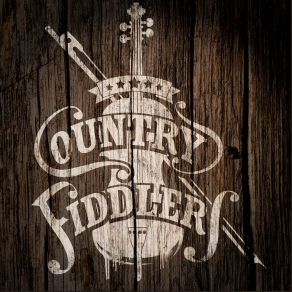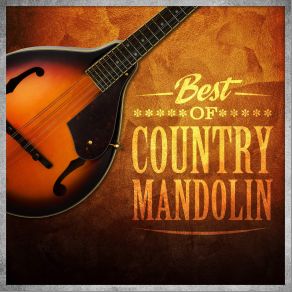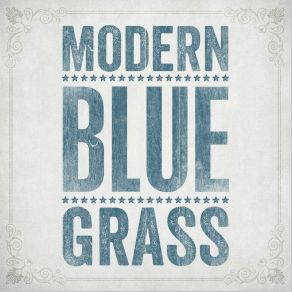New Grass Revival
Wikimp3 information about the music of New Grass Revival. On our website we have 11 albums and 27 collections of artist New Grass Revival. You can find useful information and download songs of this artist. We also know that New Grass Revival represents Country genres.
Biography
[Edit]New Grass Revival, formed in 1972 by four former members of the Bluegrass Alliance, flourished in a decade when numerous groups took traditional bluegrass and changed it to varying degrees. The group was successful enough to have the group's name become a generic label: "newgrass." The band's image, with long hair and occasionally electrified instruments, as well as its musical material contrasted greatly with standard (traditional) bluegrass like that played by Bill Monroe, Ralph Stanley, the Lilly Brothers, and Lester Flatt's band. In terms of longevity, popularity, and exposure, the Revival, with its hip reputation, was perhaps the most successful in competition against II Generation, Seldom Scene, the Country Gentlemen, and others.
The origins of New Grass Revival lay in the Bluegrass Alliance, which Sam Bush (vocals, fiddle, guitar, mandolin) and Courtney Johnson (banjo, vocals) joined in 1970. At the time, the Alliance also featured bassist Ebo Walker and fiddler Lonnie Peerce. Within a year after Bush's and Johnson's arrival, Curtis Burch (dobro, guitar, vocals) joined the band. In 1972, Peerce left the band, and the remaining members decided to continue under a new name — New Grass Revival. The band released their eponymous debut, Arrival of the New Grass Revival, later that year on Starday Records.
After the release of their debut, Walker parted ways with the band, and the group replaced him with Butch Robbins, who was only with the band for a short time. He was replaced by John Cowan, an Evansville, IN, native. This lineup was stable throughout the '70s, recording a number of albums for Flying Fish Records. As their name suggested, New Grass Revival never played traditional bluegrass — all of the members brought elements of rock & roll, jazz, and blues to the group's sound. Consequently, certain portions of the bluegrass community scorned them, but they also gained a devoted following of listeners who believed they were moving the genre in a new, fresh direction.
In 1981, Johnson and Burch left the band, claiming they were tired of touring. Bush and Cowan continued the group, replacing them with banjoist Béla Fleck and mandolinist/guitarist Pat Flynn. New Grass Revival moved to Sugar Hill Records in 1984 and released their first album featuring the new lineup, On the Boulevard. Two years later, the band signed with EMI Records and released an eponymous album, which proved to be their breakthrough into the mainstream. Two of the singles from the album — "What You Do to Me" and "Ain't That Peculiar" — were minor hits on the country charts, and Fleck's showcase "Seven by Seven" was nominated for a Grammy for Best Country Instrumental. Hold to a Dream, released in 1987, was just as successful as its predecessor, featuring the hits "Unconditional Love" and "Can't Stop Now," which both nearly made the Top 40.
In 1989, New Grass Revival released their third major-label album, Friday Night in America, which was yet another commercial success. "Callin' Baton Rouge" became their first Top 40 single, followed by the number 58 hit "You Plant Your Fields." Even though the band was more popular than ever, Bush decided to pull the plug on the group after the release of Friday Night in America. Bush became a session musician, and Fleck went onto a very successful and respected solo career. ~ Stephen Thomas Erlewine & David Vinopal, Rovi
Title: Deviation
Artist: Béla Fleck / Bela Fleck, New Grass Revival
Genre: Jazz, Country, Songwriter/Lyricist
Title: The Live Album
Artist: Leon Russell, New Grass Revival
Genre: Rock, Country, Pop, Songwriter/Lyricist
Title: New Grass Revival With Leon Russell Live
Artist: Leon Russell, New Grass Revival
Genre: Country
Title: Rhythm & Bluegrass (Hank Wilson, Vol. 4)
Artist: Leon Russell, New Grass Revival
Genre: Rock, Punk Rock, World Music, Country, Folk
Collections
Title: East Bound and Down
Genre: Country
Title: Top of the Hill Bluegrass: The Sugar Hill Collection
Genre: Country
Title: Hits of Newgrass
Genre: Country
Title: Essential Bluegrass
Genre: Country
Title: Bluegrass Fiddle
Genre: Country
Title: Best of Bluegrass
Genre: Country
Title: Lonesome Bluegrass
Genre: Country
Title: 20 Bluegrass Originals
Genre: Country, Songwriter/Lyricist
Title: 30 Essential Bluegrass Hits
Genre: Country, Songwriter/Lyricist
Title: Bluegrass - Love Songs
Genre: Country
Title: Praise! - All American Gospel
Genre: Folk
Title: Classic Country For the Workplace
Genre: Country
Title: Progressive Bluegrass
Genre: Folk
Title: Progressive Bluegrass Masterpieces
Genre: Folk
Title: Best of Country Harmony
Genre: Country
Title: Country Fiddlers
Genre: Country
Title: Best of Country Mandolin
Genre: Country
Title: Bluegrass Mountain Music
Genre: Country
Title: All American Songs
Genre: Country
Title: Bluegrass Royalty
Genre: Country
Title: Modern Bluegrass
Genre: Country
Title: Bluegrass Blues
Genre: Country
Title: Bluegrass Railroad Songs
Genre: Country
Title: Rambling Fever: Country Music Hits the Road
Genre: Country
Title: Bluegrass Essentials (CD2)
Genre: World Music, Country, Folk
Featuring albums
Title: Every Time I Feel The Spirit: Best Of Sugar Hill Gospel Volume 1
Artist: Various Artists
Genre: Country

